Did you know that Tradescantia fluminensis, commonly known as small-leaf spiderwort, is not only a stunning addition to your indoor plant collection but also a versatile botanical marvel? With its striking fleshy dark green leaves striped with light pink and cream, this spiderwort plant is a true gem. But here’s the surprising part – it’s not just a houseplant, it’s a ground cover superstar!
Yes, you read that right. Tradescantia fluminensis has the incredible ability to spread and create a lush, trailing carpet, making it a popular choice as both an indoor trailing plant and a ground cover plant in outdoor gardens. Its variegated varieties like tradescantia fluminensis variegata and tradescantia fluminensis tricolor add a mesmerizing touch with their vibrant colors.
But the wonders don’t stop there. This adaptable plant goes by many names – river spiderwort, inch plant, speedy henry, wandering willie, and wandering trad, to name a few. With its low-light requirements and easy-care nature, it’s no wonder why small-leaf spiderwort is one of the most treasured and popular indoor plants among plant lovers.
If you’re looking for an effortless way to bring beauty and elegance to your indoor space, while also enjoying the benefits of a versatile ground cover plant, Tradescantia fluminensis is the answer you’ve been searching for.
Appearance of Tradescantia fluminensis (Small-leaf spiderwort)

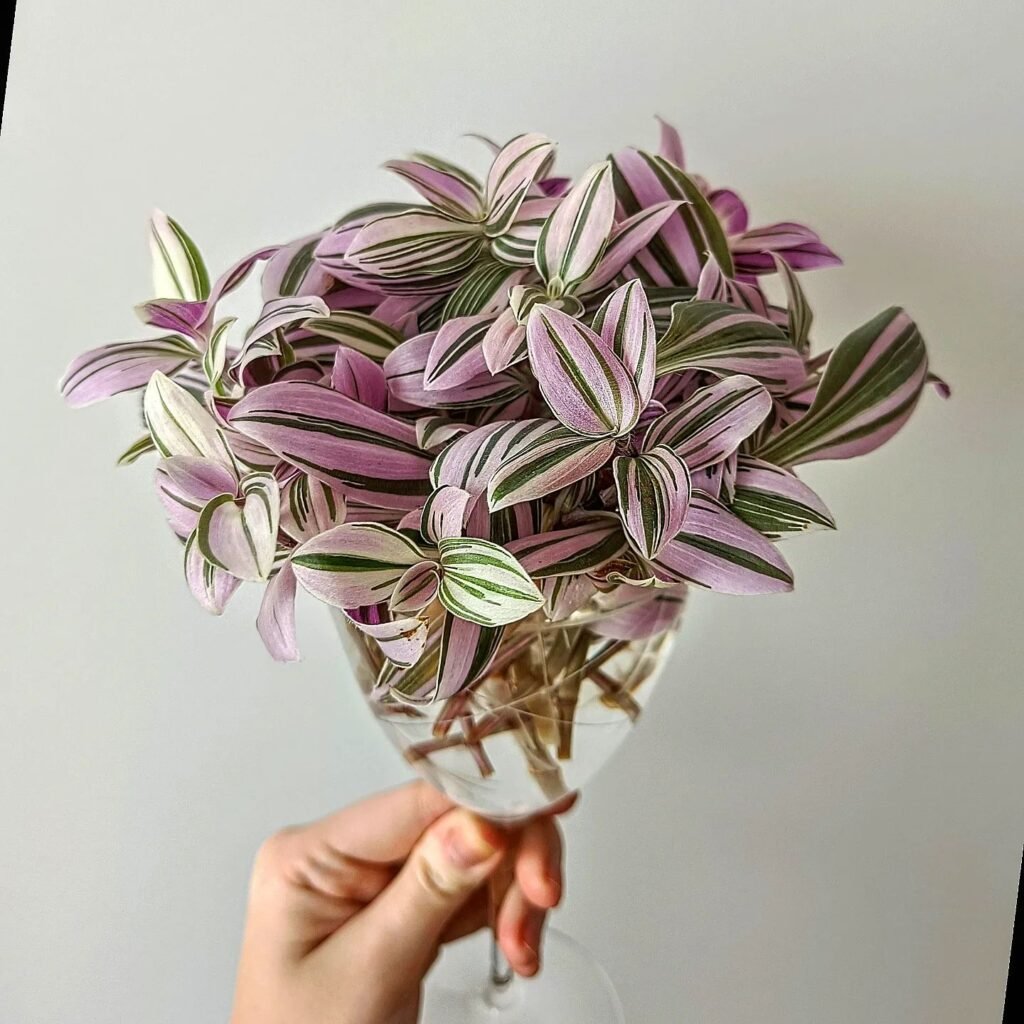
Tradescantia fluminensis, also known as small-leaf spiderwort, has a distinct appearance that makes it a popular choice among indoor plant enthusiasts. The plant showcases fleshy dark green leaves that are beautifully striped with light pink and cream. These stripes add a touch of elegance and visual interest to the foliage. Additionally, the undersides of the leaves are adorned with a striking purple color and a dense layer of fine hairs. This unique combination of colors and textures gives Tradescantia fluminensis a captivating and eye-catching appearance.
In addition to its attractive leaves, Tradescantia fluminensis produces tiny white flowers sporadically throughout the year. These delicate blossoms add a subtle touch of beauty to the plant and enhance its overall charm.
Whether displayed as a standalone specimen or incorporated into a plant arrangement, Tradescantia fluminensis is sure to catch the eye with its stunning appearance.
 The Tradescantia fluminensis, or Small-leaf Spiderwort, excels at spreading quickly, ideal as garden ground cover or an indoor cascade. Its rapid growth, low maintenance, and easy propagation from cuttings make it a hit with beginners.
The Tradescantia fluminensis, or Small-leaf Spiderwort, excels at spreading quickly, ideal as garden ground cover or an indoor cascade. Its rapid growth, low maintenance, and easy propagation from cuttings make it a hit with beginners.
Light Requirements for Tradescantia fluminensis
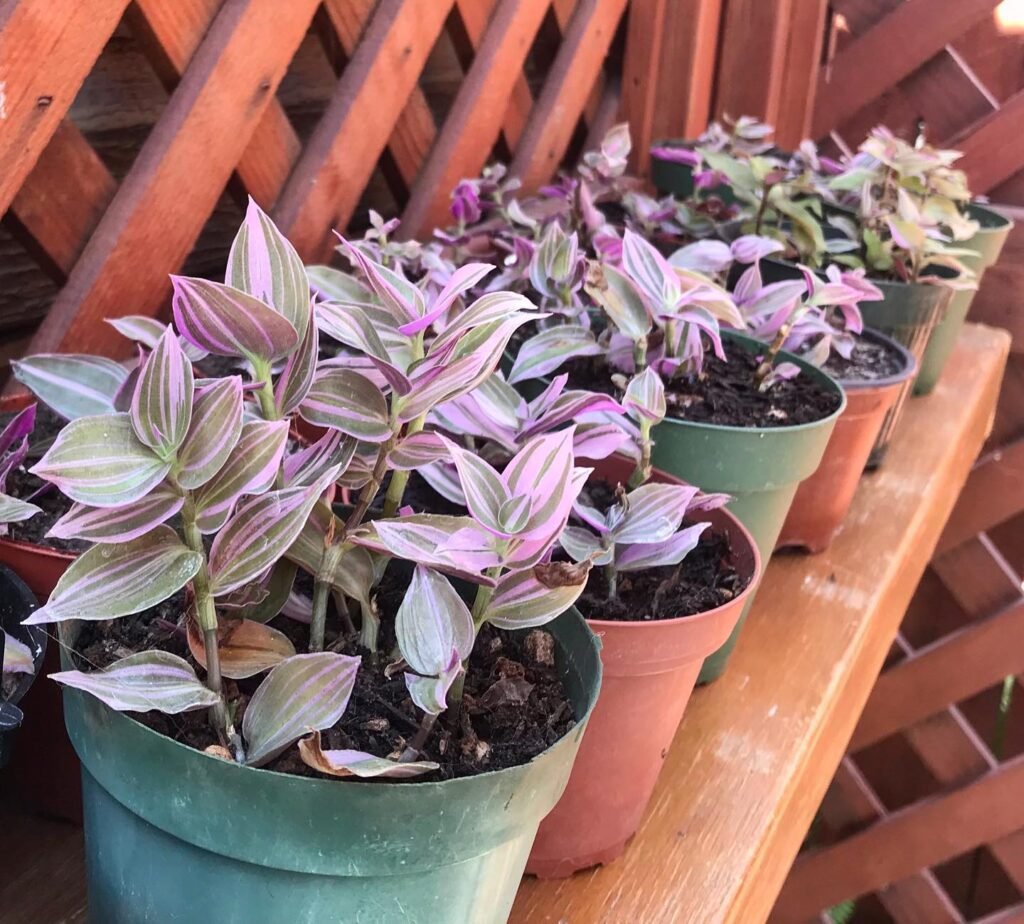

Tradescantia fluminensis, or small-leaf spiderwort, is a low-light plant that thrives in bright but indirect sunlight. It should be placed near a window that receives at least eight hours of sunlight a day. However, it is important to avoid direct sunlight, as it can cause the leaves to scorch. If the color or variegation on the leaves starts to fade, it is a sign that the plant is not getting enough light. Spiderwort plants can tolerate low-light conditions, but they still require some natural light to thrive indoors.

Watering Tips for Tradescantia fluminensis
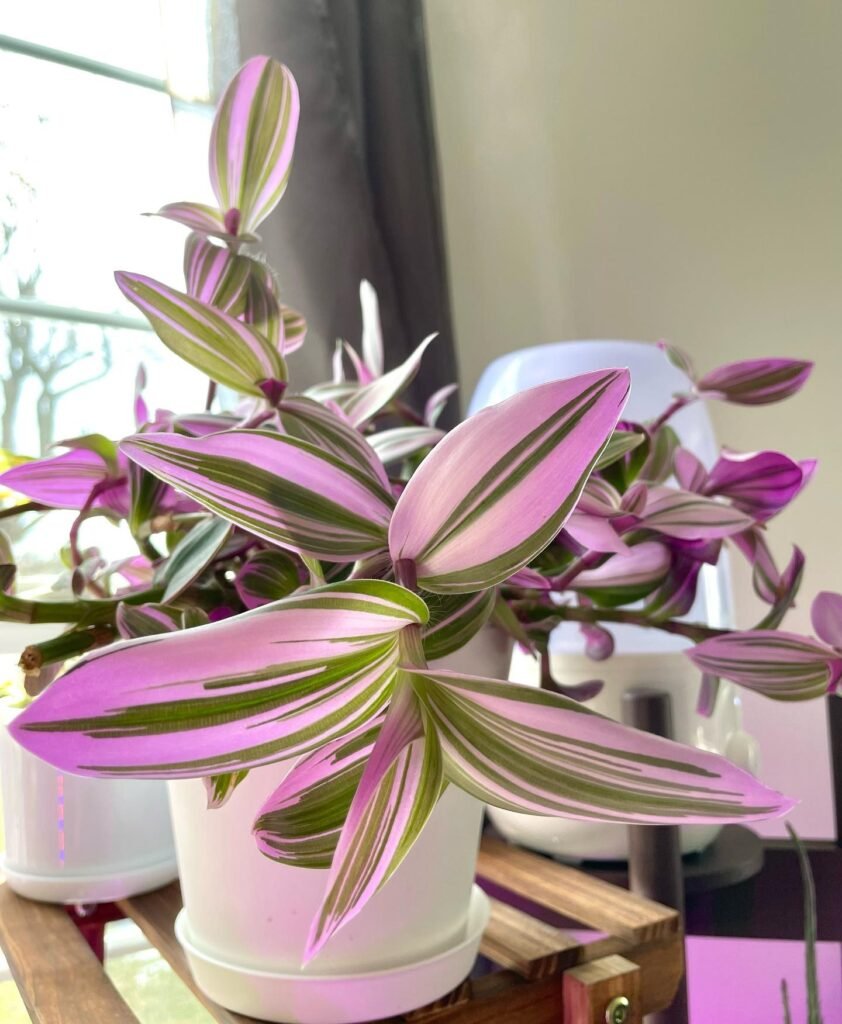
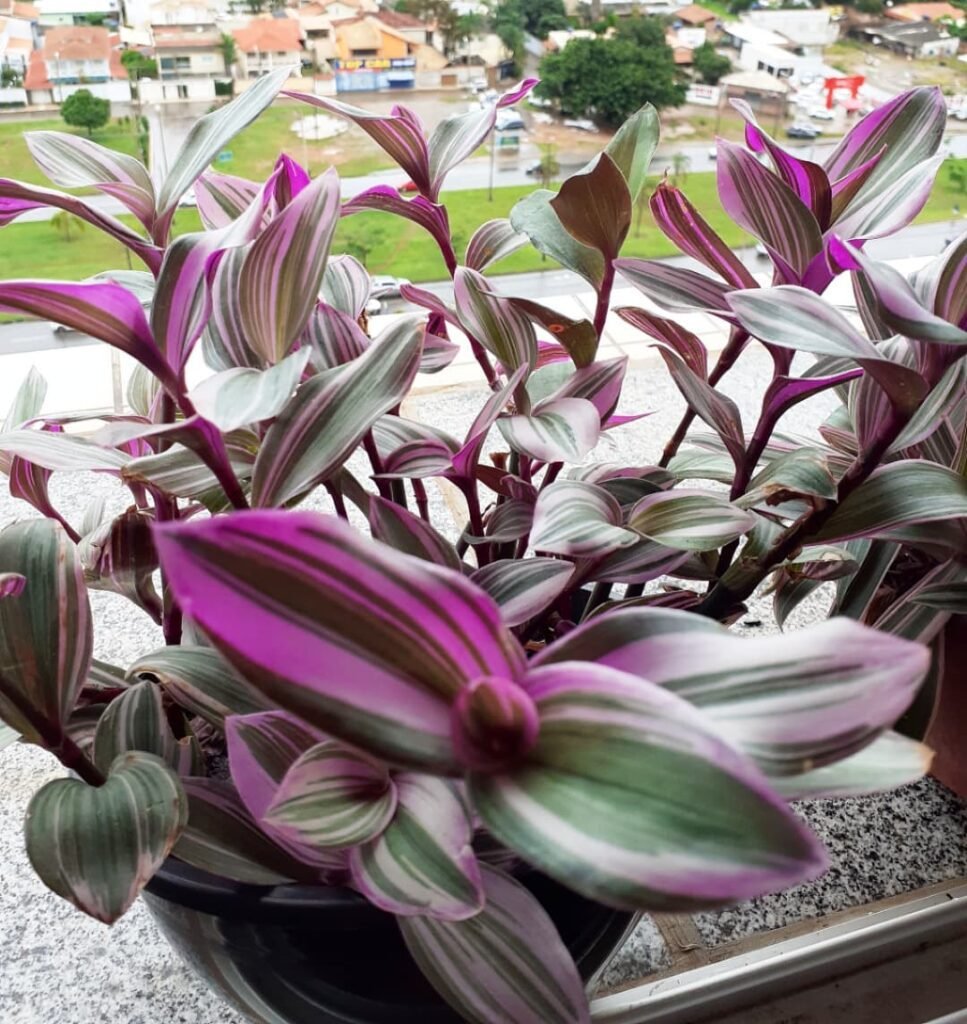
Proper watering is essential for the health and vitality of Tradescantia fluminensis, also known as small-leaf spiderwort. To ensure optimal growth, follow these watering tips:
1. Consistently Moist Soil
Tradescantia fluminensis thrives in consistently moist soil. During the summer months, water the plant once a week. In the fall and winter, reduce the frequency of watering as the plant’s growth slows down.
2. Checking Soil Moisture
Before watering, it’s important to check the moisture level of the soil. Simply feel the soil a few inches down in the pot. If it feels dry, it’s time to water the plant. However, if the soil is still moist, wait a little longer before watering to avoid overwatering.
3. Well-Drained Soil
While Tradescantia fluminensis prefers moist soil, it’s crucial to ensure the soil is well-drained. Excessive moisture can lead to root rot and other issues. To promote proper drainage, choose a well-draining potting mix and ensure the plant’s pot has drainage holes.

Fertilizing and Soil for Tradescantia fluminensis

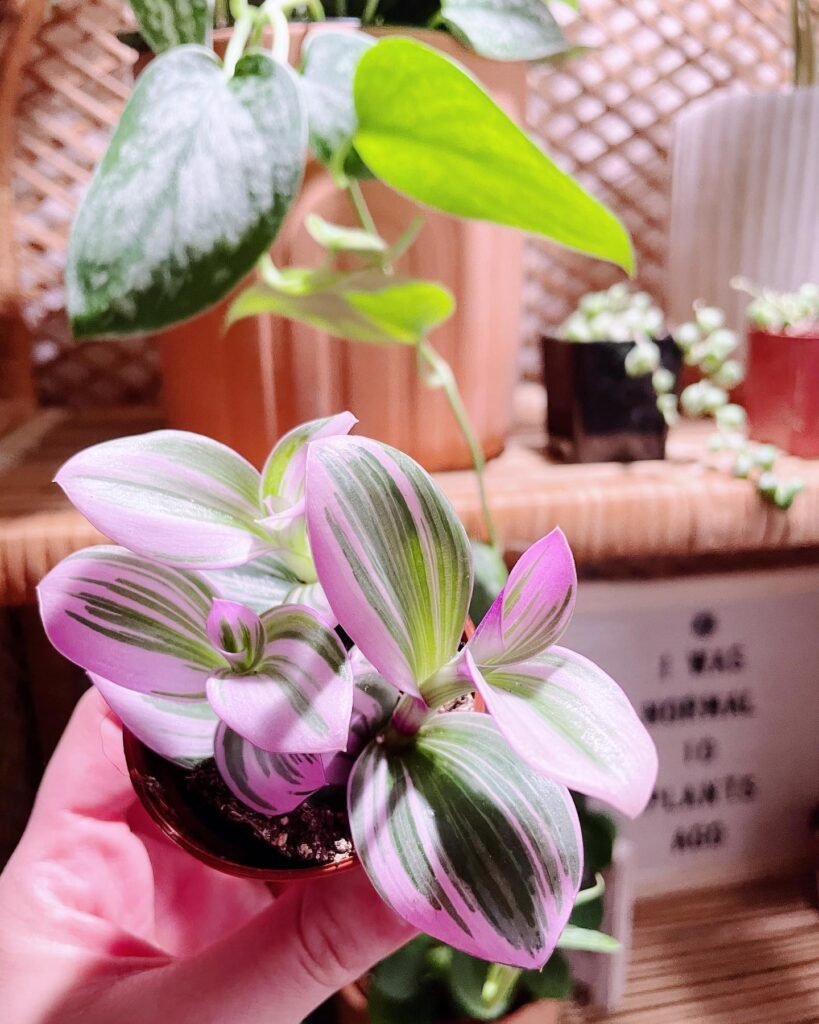
Tradescantia fluminensis, known as small-leaf spiderwort, doesn’t require frequent fertilization as most potting soils already contain sufficient nutrients for its growth. However, once the plant has depleted the nutrients in its soil, it’s necessary to repot it with fresh potting soil. It’s crucial to use well-draining potting soil that contains organic material and provides good drainage. To enhance drainage, you can add a small amount of sand to the soil.
If fertilization is necessary, it’s recommended to use a water-soluble fertilizer at half-strength every two months. However, it’s important to fertilize sparingly as excessive fertilization can cause the leaves to lose their variegation.
So remember, when it comes to fertilizing your Tradescantia fluminensis, less is more!

Pruning and Maintenance for Tradescantia fluminensis
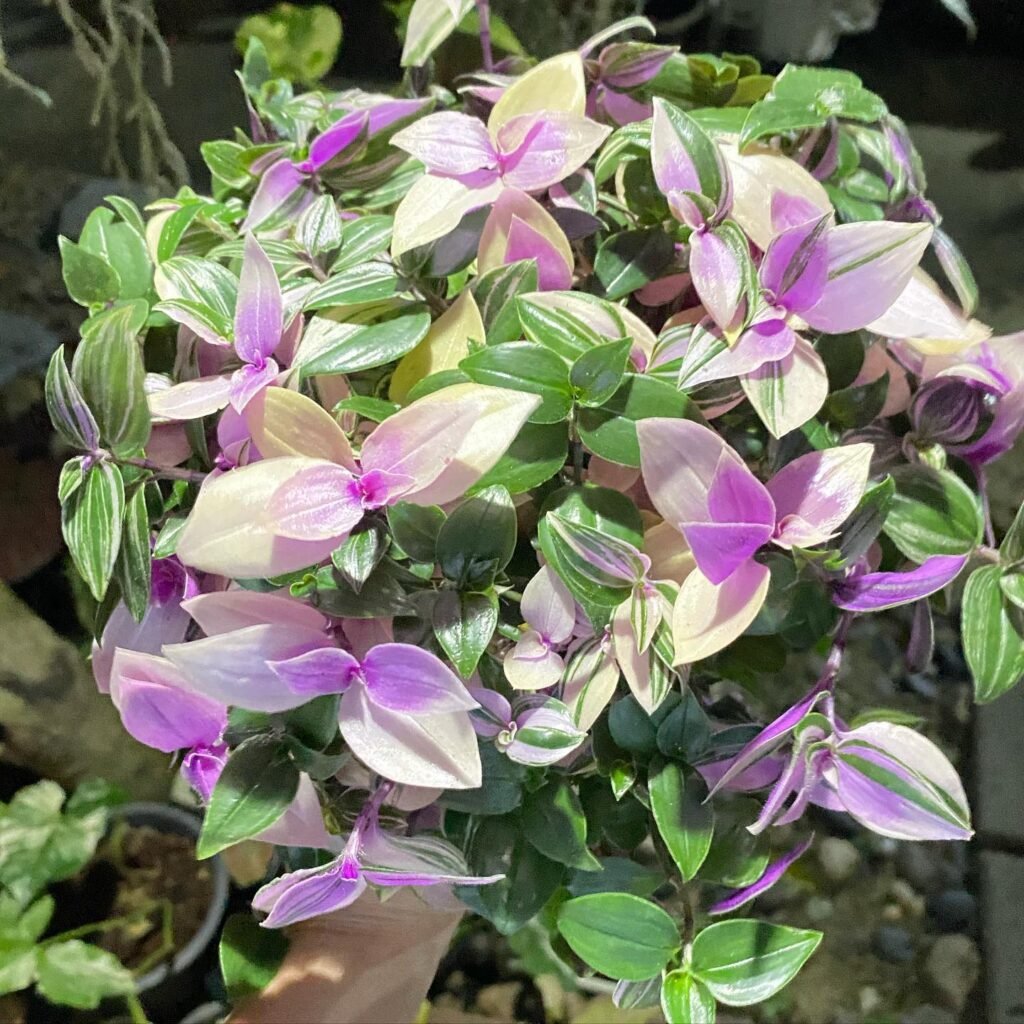
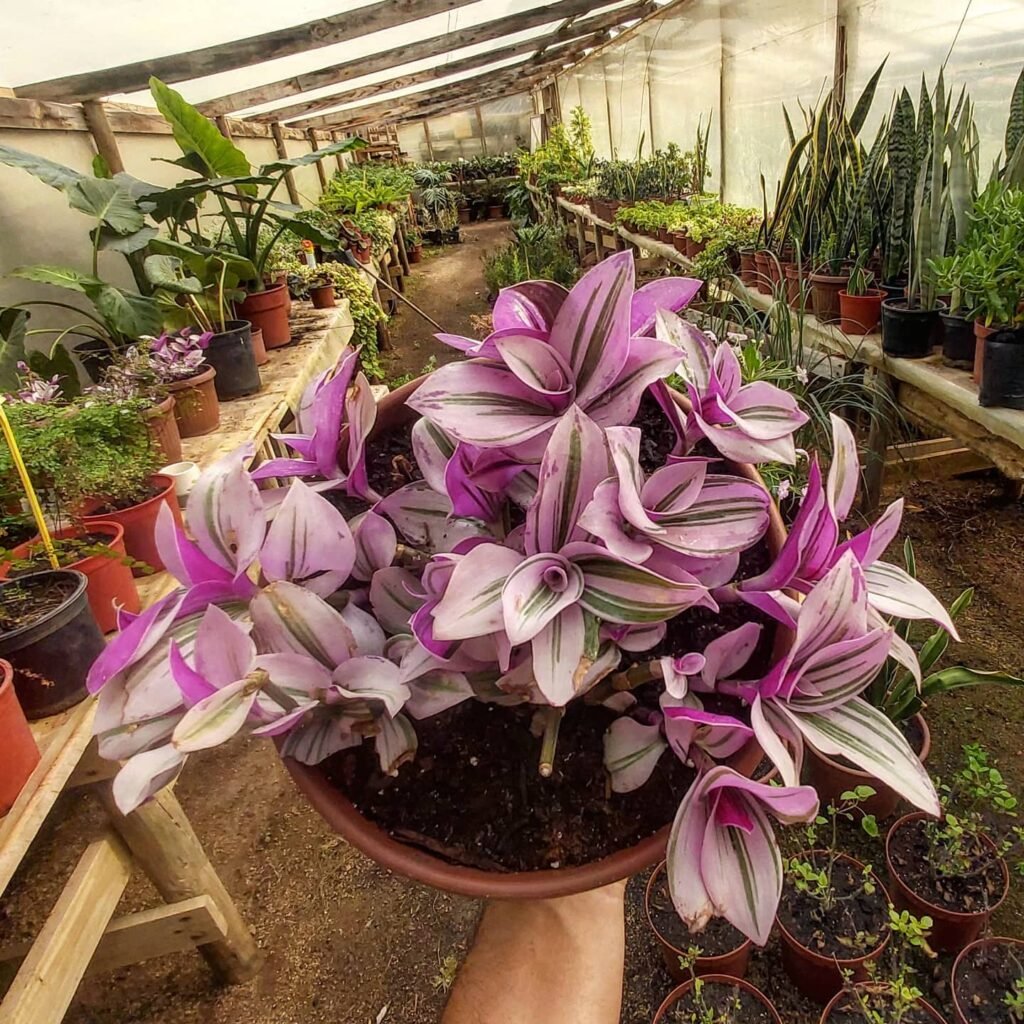
I find that regular pruning and maintenance are key to keeping Tradescantia fluminensis, or small-leaf spiderwort, in optimal condition. If left untamed, this plant can become leggy and scraggly, which detracts from its natural beauty. To encourage bushy growth and maintain its desired appearance, I recommend periodically pruning or pinching back the stems by at least 25 percent.
By trimming the plant, we help it grow wider and fuller, creating a lush and healthy appearance. Regular pruning prevents Tradescantia fluminensis from becoming too long and unruly, keeping it well-maintained and visually appealing.
Additionally, one of the great things about spiderwort plants is that they can be easily propagated through stem cuttings. This means that you can maintain a constant supply of these beautiful plants without much effort. Simply take stem cuttings and propagate them in fresh potting soil or water until roots emerge. Then, you can transplant them into their own containers or share them with friends and family.

Propagating Tradescantia fluminensis (Small-leaf spiderwort)
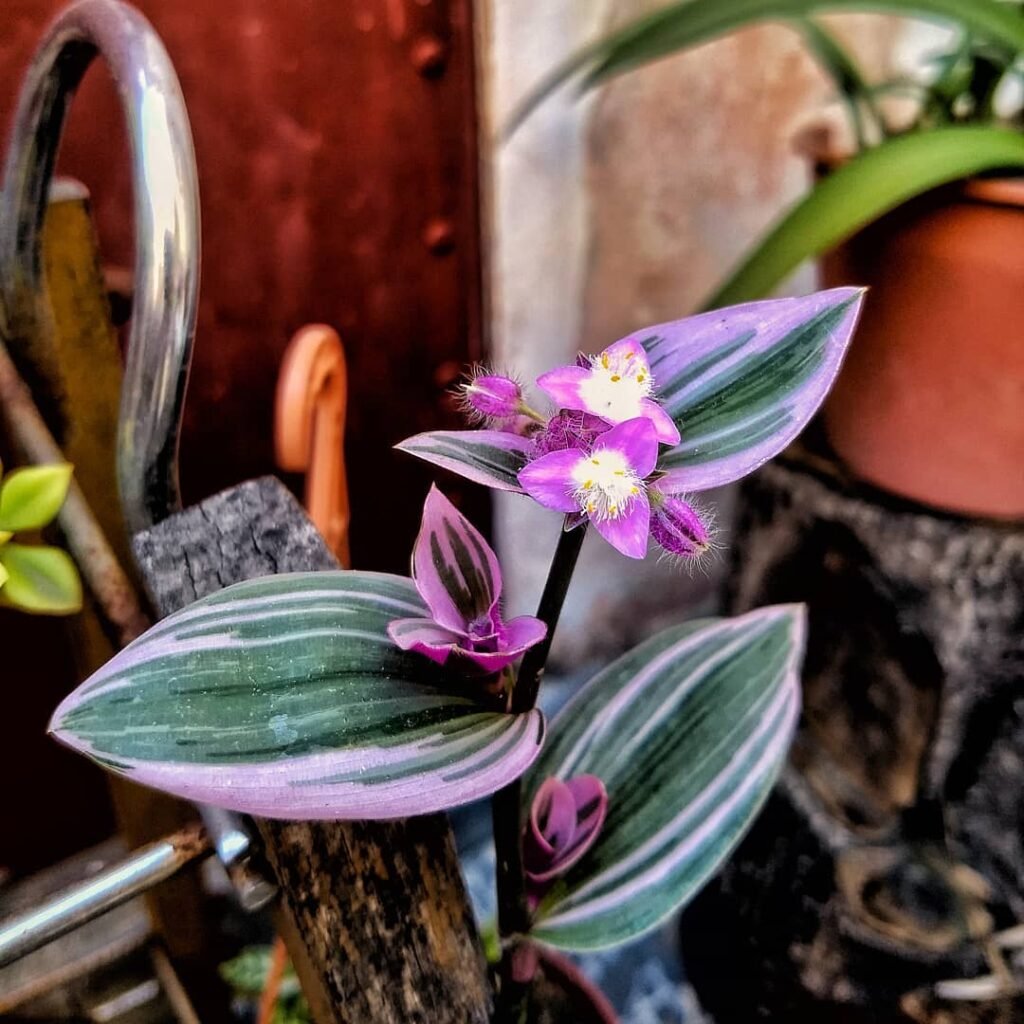

Tradescantia fluminensis, or small-leaf spiderwort, can be easily propagated through stem cuttings. To propagate this plant, take a 1-inch piece of stem that includes at least one leaf and place it cutting-side down in fresh potting soil. The cutting can also be placed in a jar of water until roots emerge and then transplanted into soil. With regular watering, the cutting should take root within a few weeks and can be repotted into its permanent container. Propagation through stem cuttings is a simple and effective way to create new spiderwort plants and expand your collection.

Repotting Tips for Tradescantia fluminensis
When it comes to caring for Tradescantia fluminensis, also known as small-leaf spiderwort, repotting is a crucial part of ensuring its continued health and growth. Repotting is recommended when the plant doubles in size or at least once a year, whichever comes first. Repotting allows the plant to have fresh soil and provides it with the necessary room to grow.
When repotting Tradescantia fluminensis, it’s important to select a container that has good drainage to prevent waterlogged soil. This will help prevent root rot and ensure the plant’s roots stay healthy. Carefully remove the plant from its current pot, gently untangle the roots, and check for any signs of damage or disease.
Once the roots have been inspected and any damaged portions removed, transfer the plant to its new pot. Fill the new pot with fresh potting soil, making sure to leave enough space for the plant’s roots. Gently place the plant in the pot and fill in the remaining space with soil, ensuring that the roots are completely covered.
After repotting, it’s important to water the Tradescantia fluminensis thoroughly. This will help settle the soil and provide the plant with the necessary moisture. Monitor the plant closely in the days following repotting to ensure it adjusts well to its new environment.
Common Names and Varieties of Tradescantia fluminensis
Tradescantia fluminensis, also known as small-leaf spiderwort, belongs to the Tradescantia genus and encompasses various species and varieties. Commonly referred to as spiderwort and inch plant, this diverse group offers numerous options for enthusiasts. Notable variations include:
- Tradescantia zebrina: Known for its striking zebrina pendula variety, featuring reddish leaves that add a touch of vibrancy to any space.
- Tradescantia pallida: This species boasts bold white stripes, elegantly enhancing the visual appeal of the plant.
- Tradescantia callisia: With its unique characteristics and appearance, this variety brings a sense of charm and beauty to any indoor oasis.
Each variety of spiderwort possesses its own distinctive traits, making the Tradescantia fluminensis genus an exciting choice for plant enthusiasts seeking diversity and beauty in their collection.
 Did you know the Tradescantia fluminensis is incredibly resilient and can thrive even when neglected? Its robust nature makes it a perfect starter plant for those new to gardening, capable of bouncing back from common care mistakes.
Did you know the Tradescantia fluminensis is incredibly resilient and can thrive even when neglected? Its robust nature makes it a perfect starter plant for those new to gardening, capable of bouncing back from common care mistakes.
Benefits of Spiderwort Plants
- Indoor plants: Spiderwort plants are known for their attractive appearance and easy care, making them a popular choice for indoor plant enthusiasts. They can thrive in low-light conditions and are often used in hanging baskets or as ground cover.
- Outdoor plants: When properly contained, spiderwort plants add beauty and vibrancy to any garden. Their trailing growth habit makes them ideal for hanging baskets, and their ability to form dense ground cover adds a touch of lushness to outdoor spaces.
- Adaptable to different climates: Spiderwort plants can thrive in both tropical and temperate climates. They are resilient and can withstand a wide range of conditions, from humid tropical environments to cooler temperate regions.
- Low-maintenance: Spiderwort plants are relatively easy to care for, making them suitable for both novice and experienced gardeners. They do not require frequent watering or fertilization and can tolerate a variety of soil types.
Whether grown indoors or outdoors, spiderwort plants offer a delightful addition to any living space. With their attractive foliage, trailing growth habit, and versatility, they can be a captivating presence in gardens, hanging baskets, and as ground cover. However, it is important to prevent their invasive nature by containing their growth and removing unwanted shoots. By providing the right care and maintaining these plants, you can enjoy the beauty and vibrancy they bring without any concerns.
Helpful Videos about Tradescantia fluminensis (Small-leaf spiderwort)
In this selected collection, I’ve compiled a range of videos providing handy tips on looking after your Tradescantia fluminensis, also known as the Small-leaf Spiderwort. These resources are designed to help you with the basics of maintaining your plant’s health and vigour, made simple for those new to gardening.
- Tradescantia Care Tips | How to grow Tradescantia fluminensis and Propagate
- Tradescantia plant care | Tradescantia Fluminensis
- Tradescantia Tricolor Fluminensis – Propagation & Repotting
FAQ about Growing Tradescantia fluminensis (Small-leaf spiderwort)

Interested in caring for your Tradescantia fluminensis? Jump into my detailed FAQ for essential tips on nurturing your Small-leaf Spiderwort. From the right lighting to watering habits and overall maintenance, I’ve put together all the advice you need for a flourishing plant.
A spot with bright, indirect sunlight is perfect. Direct sun can scorch the leaves, so a bit of shade is beneficial.
Water when the top inch of soil feels dry. They like moisture but don’t appreciate soggy feet, so let the soil dry out a tad between waterings.
Not really. A balanced liquid fertiliser once a month during spring and summer will keep them happy.
Absolutely, but in the UK, they’re best as houseplants or summer bedding, as they’re not frost-hardy.
Brown leaf tips can indicate low humidity or water stress. Try misting your plant to increase humidity.
Regular pruning! Snip off leggy stems just above a leaf node, and it’ll sprout more branches.
A well-draining potting mix is ideal. You can mix in some perlite for extra drainage.
It might need more light. Move it to a brighter spot but away from direct sunlight.
Easy! Cut a stem, remove the lower leaves, and pop it in water or moist soil. It’ll root in no time.
Yes, it can be. Best to keep it out of reach of curious paws and claws.
Spider mites and aphids can be a bother. Wipe leaves with soapy water or use an insecticidal soap.
Yes, with enough light, it can produce small white flowers.
Quite fast! With good care, it can quickly fill a pot or hanging basket.
Yes, they enjoy a good misting to mimic their humid native environment.
Yellowing leaves and a mushy base are telltale signs. Let the soil dry out more between waterings.
Plenty of indirect light will help maintain those gorgeous leaf hues and promote growth.
I trust this sheds some light on how to cherish your Tradescantia fluminensis. If you’re brimming with questions, pop them in the comments below—I’m all ears and eager to chat! Keep in mind, every expert was once a beginner, and there’s an endless array of intriguing insights waiting to sprout about your leafy mates.
Conclusion
Tradescantia fluminensis, known as small-leaf spiderwort, is the perfect indoor plant for those seeking an attractive and easy-care addition to their living space. With its trailing growth and vibrant, fleshy dark green leaves striped with pink and cream, this plant adds a touch of beauty to any room.
Indoor plant enthusiasts are drawn to Tradescantia fluminensis for its low-light requirements, making it a versatile choice for homes with limited natural light. Whether placed in hanging baskets or used as ground cover, this plant thrives in the indoor environment.
Outdoors, however, precautions must be taken to contain Tradescantia fluminensis. While it can quickly become an invasive weed in certain regions, when properly managed, it offers a beautiful solution for gardens, adding vibrant foliage and creating a stunning visual impact.
In conclusion, the Tradescantia fluminensis, or small-leaf spiderwort, is an alluring and low-maintenance indoor plant, suited for its trailing growth and beautiful appearance. While it should be handled cautiously outdoors, this vibrant plant undoubtedly enhances any green oasis it calls home.





